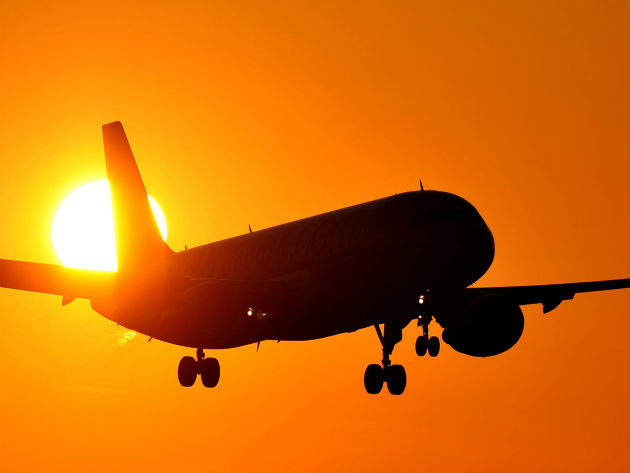

Sitting in Birmingham, at the Westminster Forum Projects’ ‘Regional airports in the UK: priorities for connectivity, capacity and investment’ event, held on 6th April, it was clear, from first presentation to last, that this was about expressing the importance of every UK airport, no matter how small; a chance to steer the debate and attention away from Heathrow’s proposals for a third runway – for a few hours, at least.
Gauging the success of that aim is difficult, given that the majority of attendees were drawn from regional airports, and hence their focus is already well established. Nonetheless, the message was repeated, and repeated again, as was the need for government to develop an aviation strategy that plays true to the oft-quoted phrase of the UK being ‘open for business’ in a post-referendum, post-Article 50 triggering, but still pre-Brexit, world.
The strategy should, it was said, support greater airport capacity across the country, as these smaller, regional hubs – Birmingham, Bournemouth, Inverness, Glasgow Prestwick, Norwich, and many more – can feed into their local economies and drive business ties and foreign investment. James Durie, from Business West, told of how Bristol Airport underpins the start-ups and new technology emerging in the area, while Birmingham Airport supports 8,000 direct jobs.
And that’s the crux of this debate – airports that of course cannot compete on pure passenger numbers or local population density, yet still play as significant a role in their respective regions as the London hubs do, with their huge catchment areas and proximity to the chambers of finance in the City. Important to note, said Graham Bolton, chair of the British Aviation Group, that about 40% of all UK air traffic is outside the South-East.
Conveying that, and getting people to listen to it, has been harder than hoped, however. Enter the Regional and Business Airports (RABA) Group. Originally formed to give smaller airports ‘one voice’ in representations to the Airports Commission (which recommended expansion at Heathrow), RABA now has a membership of 37, all of which have less than three million passengers per annum.

US Tariffs are shifting - will you react or anticipate?
Don’t let policy changes catch you off guard. Stay proactive with real-time data and expert analysis.
By GlobalDataRABA’s members, said its chair Neil Pakey, have been overlooked for too long. It’s not all doom and gloom, though. A positive tone came from James Brass, of York Aviation, who stated that regionals are more confident than a few years ago, and are better prepared to fulfil their potential. They should also open their arms to emergent technology such as digital air traffic control towers.
That potential is of course dependent on all manner of things: government policy; investment in infrastructure; development of new routes; the effect of a third runway becoming a reality and how that might skew the picture in a London-centric fashion; and the outcome of Brexit negotiations and future trade arrangements with the European Union.
It’s ripe for another debate.



